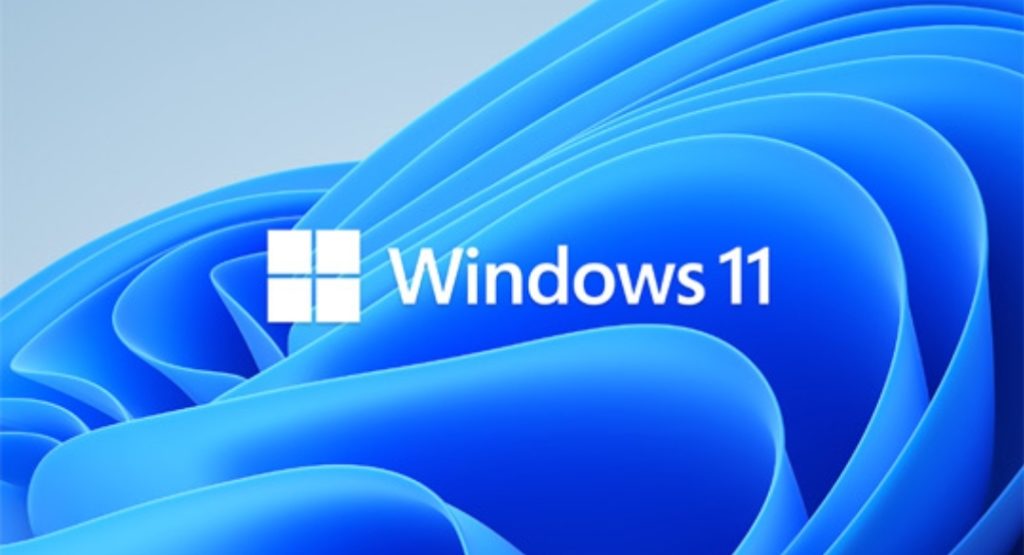Microsoft’s most recent operating system, released in October 2021, has gained more popularity than many realize. Insiders familiar with the situation have informed Windows Central that Windows 11 is currently in use on over 400 million active devices each month. Internal data, as reported by the publication, indicates that this milestone was recently reached, and Microsoft anticipates reaching 500 million active monthly devices by early 2024.

Windows 11’s Installation Rate: A Closer Look in Comparison to Previous Windows Versions
Although the installation rate might seem surprising, it doesn’t compare as favorably to previous operating systems. It took approximately 14 months for Windows 10 to achieve 400 million active installations and just under five years to reach one billion active installations.
According to StatCounter, Windows 10 still maintains a strong position in the desktop Windows landscape, with a substantial 71.62 percent market share. Windows 11 accounts for 23.64 percent of all Windows desktop installations. The former leader, Windows 7, has dwindled to just 3.33 percent market share, while Windows XP holds a mere 0.34 percent.
Windows 11’s Journey and the Anticipated ‘Windows Refresh’ in 2024
Windows 11 faced several challenges from the start. When Windows 10 was introduced, it came with a free upgrade offer and an extensive marketing campaign. In contrast, Windows 11 received less attention and was initially constrained by its TPM requirement.
Looking ahead, Intel’s CFO recently hinted at a “Windows Refresh” in 2024, without explicitly mentioning Windows 12. However, many believe this is what the executive was alluding to. Rumors from the summer suggested that the next Windows version might arrive in the fall of 2024 with various new features, such as a floating taskbar and a feature involving multiple “states” of the OS residing on different partitions of a storage drive, potentially making OS updates more efficient for end users.














